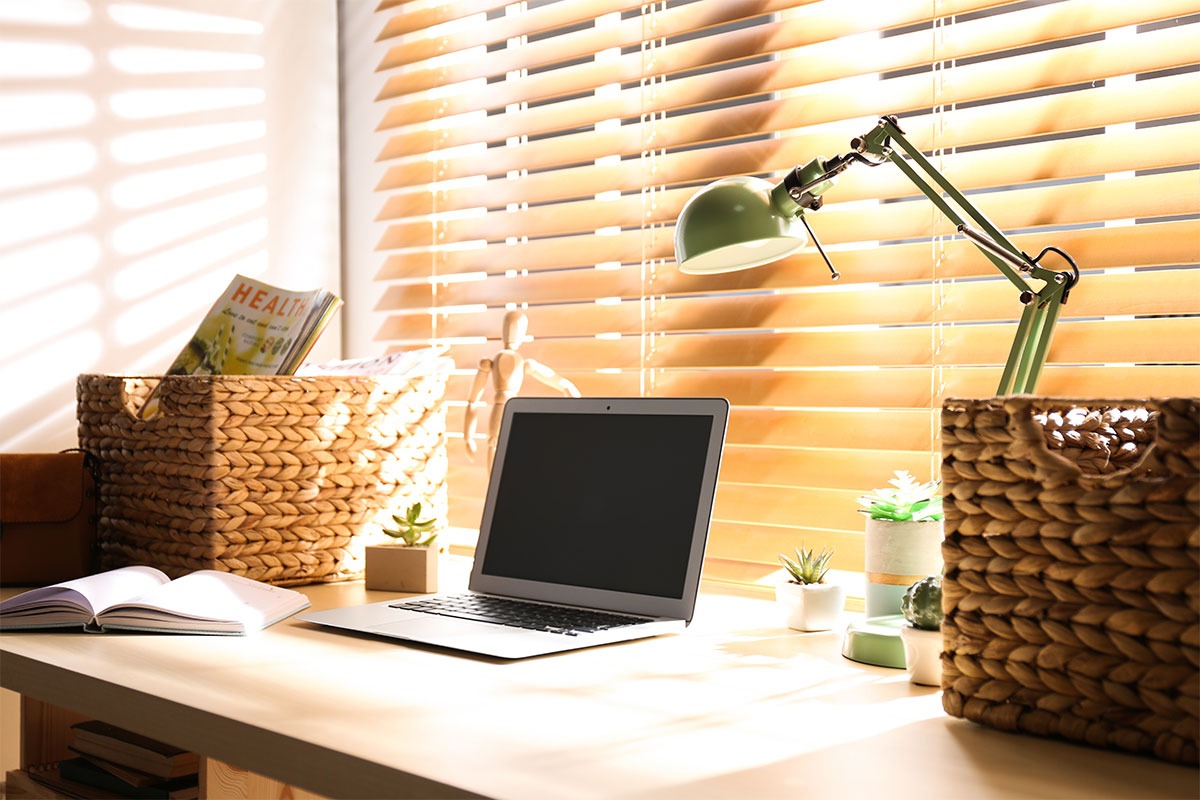Dust, the seemingly omnipresent adversary of homeowners, serves as more than just a nuisance. It’s a complex mixture of dead skin cells, dirt, hair, pollen, and textile fibers that can degrade air quality and exacerbate allergies and respiratory conditions. However, with a systematic approach and the right techniques, you can significantly reduce dust accumulation in your home, promoting a healthier living environment. This comprehensive guide will explore in-depth strategies to combat dust effectively.
1. Develop a Dusting Routine:
The cornerstone of maintaining a dust-free home is establishing a regular dusting routine. Dusting should not be seen as a sporadic chore but as a vital component of your weekly cleaning regimen.
- Microfiber Magic: Use microfiber cloths for dusting. Unlike traditional rags or feather dusters, microfiber cloths have a static charge that attracts dust particles, trapping them until the cloth is washed.
- Top-to-Bottom Approach: Always start dusting from the highest surfaces and work your way down. This method ensures that any dust dislodged and falling to lower levels will be captured as you make your way through the cleaning process.
2. Vacuum Regularly:
A thorough vacuuming routine is critical in the war against dust. It’s not just about running the vacuum over the carpet but about how and where you do it.
- Strategic Vacuuming: Focus on high-traffic areas and under furniture at least twice a week. Use vacuum attachments for upholstered furniture, drapes, and other fabrics where dust accumulates.
- HEPA Filters: A High-Efficiency Particulate Air (HEPA) filter can capture particles as small as 0.3 microns. This feature is invaluable for removing the vast majority of dust and allergens from your home environment.
3. Wash Bedding and Linens:
Textiles are a haven for dust mites, tiny creatures that thrive on organic matter like dead skin cells.
- Hot Water Washing: Launder your sheets, pillowcases, and blankets in hot water (around 130°F or 54°C) weekly to kill dust mites and remove allergens.
- Protective Covers: Using allergen-proof covers on mattresses, pillows, and box springs can create a barrier against dust mites.
4. Maintain Air Quality:
The quality of the air in your home plays a significant role in dust accumulation. Improving it can drastically reduce the amount of dust settling on surfaces.
- HVAC and Air Purifiers: Use high-quality filters in your HVAC system and change them every 3 months, or more frequently if you have pets or allergies. Consider adding air purifiers with HEPA filters to the most used rooms.
- Reduce Indoor Pollutants: Minimize the use of candles, incense, and tobacco indoors. These sources can contribute to indoor air pollution, adding to the dust problem.
5. Declutter Your Space:
A cluttered home provides more surfaces for dust to settle on and makes cleaning more challenging.
- Minimize Surfaces: Keep flat surfaces clear of knick-knacks, papers, and other items that not only collect dust but also hinder your ability to clean effectively.
- Organize: Use storage solutions like boxes, baskets, and cabinets to keep items dust-free and reduce the overall surface area where dust can accumulate.
6. Tackle Hard-to-Reach Areas:
Certain areas in your home may be hotspots for dust accumulation simply because they are often overlooked during regular cleaning.
- Ceiling Fans and Light Fixtures: Use a damp cloth or a special duster to clean blades and fixtures. These areas can distribute dust across rooms when in use.
- Air Vents: Remove vent covers and clean them with soapy water. Use a vacuum with a brush attachment to clean inside the ducts as far as possible.
7. Embrace a No-Shoes Policy:
Shoes track in dirt, pollen, and other outdoor contaminants that contribute to dust. By adopting a no-shoes policy indoors, you can significantly reduce this intrusion.
- Dedicated Shoe Area: Create a space near your home’s entryway for shoes, encouraging family and guests to remove footwear upon entering.
8. Regularly Groom Pets:
Pets are significant contributors to dust in the form of fur, dander, and the dirt they bring in from outside.
- Frequent Grooming: Brush pets regularly, preferably outdoors, to minimize the amount of hair and dander that enters the indoor environment.
- Pet Bedding: Wash pet bedding frequently in hot water to control dust mites and pet dander.
Conclusion:
Tackling dust in your home is a multifaceted effort that involves cleaning, decluttering, and improving indoor air quality. By adopting a comprehensive approach that includes regular dusting, vacuuming, laundering textiles, and addressing air quality and clutter, you can significantly reduce dust accumulation. This not only leads to a cleaner home but also to a healthier living environment, minimizing allergies and respiratory issues associated with dust. Embrace these strategies and enjoy a fresher, cleaner home where you and your loved ones can thrive.
Remember, the battle against dust is ongoing, but with persistence and the right tactics, you can maintain a level of cleanliness that makes your home a sanctuary, not a sneeze-inducing battleground.
